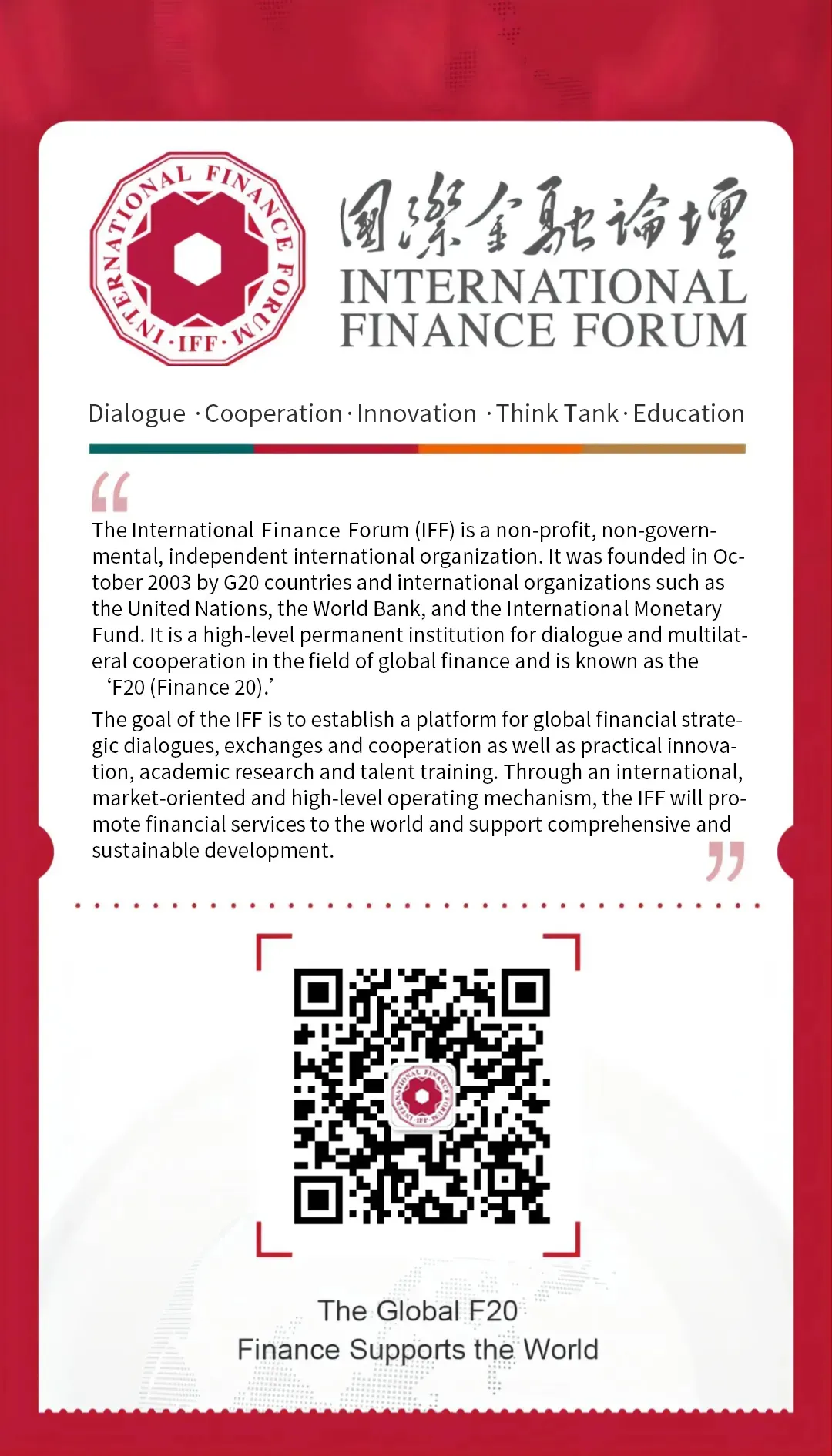HOME>NEWS CENTER>Newsletters
IFF Newsletter | Consumption Recovery in China and U.S
TIME:2025-06-20

From the Editor
China's retail sales of consumer goods reached CNY4.1 trillion (USD570.7 billion) in May, up 6.4 percent year-on-year, as the country's supportive policies helped boost consumption and economic activity, the National Bureau of Statistics announced on June 16.
In contrast, the added value of large industrial enterprises rose 5.8 percent in May from a year earlier, compared with 6.1 percent growth in April. From January to May, China’s fixed-asset investment totaled CNY19.2 trillion (USD2.7 trillion), up 3.7 percent year-on-year, compared with 4 percent in the first four months.
The US consumer sentiment index saw its first improvement in six months, with the June figure having surged 16% from the previous month, according to data released on June 13 by the University of Michigan.
Though the index remained approximately 20% lower than its December 2024 level—when consumer sentiment spiked during the post-election period—the survey noted unanimous upward trends across demographic segments. Specifically, these included age, income, wealth, political affiliation, and geographic region.

On June 27, 2025, the International Finance Forum (IFF), in collaboration with the European Carbon Pricing Leadership Coalition and the Institute for Governance & Sustainable Development (IGSD), will co-host an online conference themed “Overcoming New Hurdles in the Firms' Fight Against Global Warming.” The conference will focus on three key areas—renewable energy, green hydrogen, and fossil fuels—and will explore the critical roles and innovative practices of corporations in global climate governance.
China News
China’s Consumption Picks Up Pace in May as Industry and Investment Slow
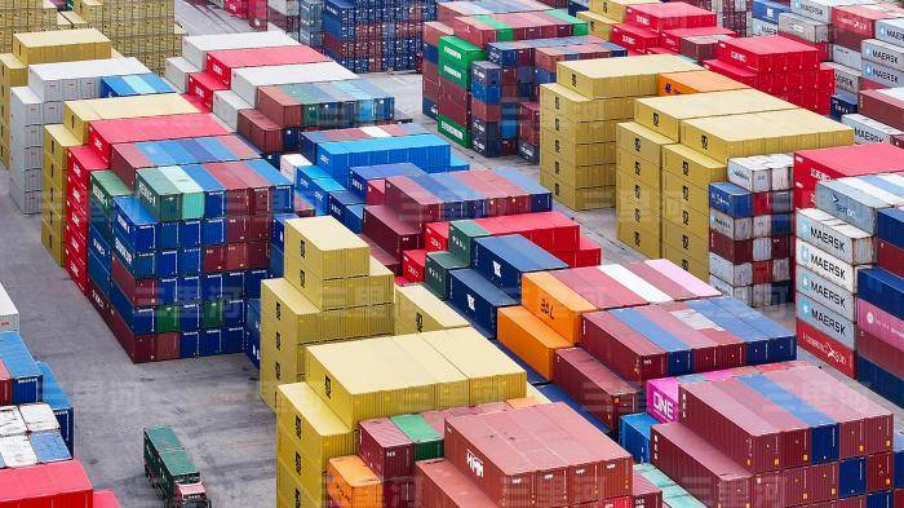
China's key indicator for consumer spending accelerated in May, while growth in industrial production and fixed-asset investment slowed amid uncertainties in the global environment, according to data released by the National Bureau of Statistics on June 16.
Total retail sales of consumer goods reached CNY4.1 trillion (USD570.7 billion), up 6.4 percent year-on-year following a 5.1 percent increase in April, the NBS announced.
In contrast, industrial output grew at a slower pace. The added value of large industrial enterprises rose 5.8 percent in May from a year earlier, compared with 6.1 percent growth in April.
From January to May, China’s fixed-asset investment totaled CNY19.2 trillion (USD2.7 trillion), up 3.7 percent year-on-year, compared with 4 percent in the first four months.
Key growth drivers included infrastructure investment, which rose 5.6 percent, and manufacturing investment, which climbed 8.5 percent. However, real estate development investment fell by 10.7 percent. Excluding that sector, overall fixed-asset investment would have increased by 7.7 percent.
China’s Home Prices Decline at Slower Pace in May

House prices in 70 major Chinese cities declined at a slower pace last month than in April, reflecting the success of policies aimed at stabilizing the property market, according to data released on June 16 by the National Bureau of Statistics.
New home prices in the first-tier cities of Beijing, Shanghai, Guangzhou, and Shenzhen fell 1.7 percent in May from a year ago, compared with a 2.1 percent drop the month before, data from NBS showed. Prices in second- and third-tier cities fell 3.5 percent and 4.9 percent, respectively, versus 3.9 percent and 5.3 percent a month earlier.
The number of major cities reporting month-on-month increases in new home prices shrank to 13 in May from 22 in April, NBS data also showed. Hangzhou headed the list with a 0.8 percent gain, followed by Shanghai at 0.7 percent and Nanning and Urumqi at 0.4 percent.
Pre-owned home prices in first-tier cities dropped 2.7 percent from a year earlier, versus a 3.2 percent fall in April. In second- and third-tier cities, they sank 6.1 percent and 6.9 percent, slowing from declines of 6.5 percent and 7.4 percent.
Only three cities -- Luoyang, Nanchong, and Wuxi -- saw pre-owned home prices increase last month, down from five the month before, NBS data showed.
China's Foreign Exchange Market Reports Steady Operations in May
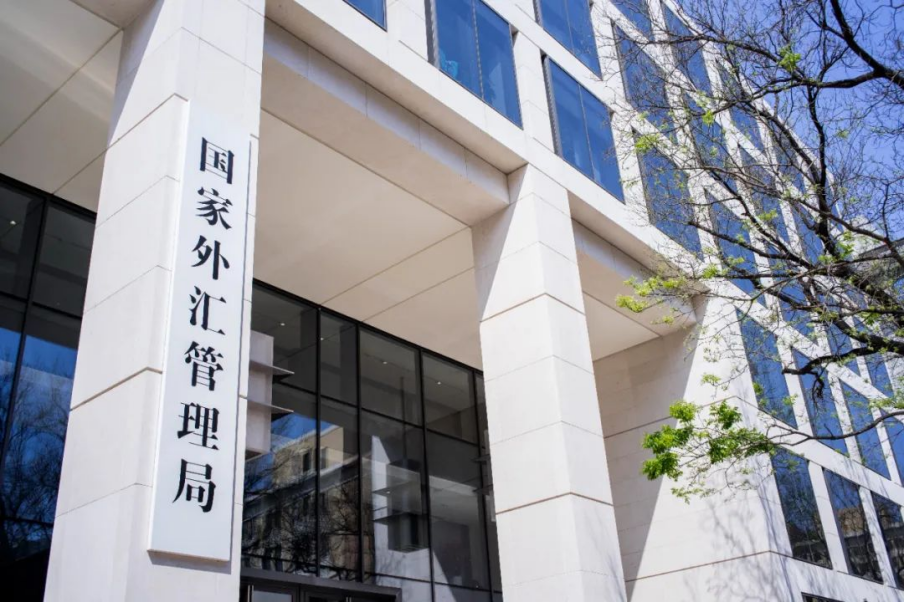
China's foreign exchange market saw stable operations in May, with a net inflow of cross-border capital, the State Administration of Foreign Exchange said on June 16.
Last month, China's non-banking sectors, including enterprises and individuals, recorded a net cross-border capital inflow of 33 billion U.S. dollars, according to data released by the administration.
The country's net inflow of cross-border capital from the trade of goods remained at a high level, while foreign investors increased their holdings of domestic stocks compared to the previous month, said Li Bin, deputy head of the administration.
In May, foreign exchange purchases completed by banks totaled 192.7 billion U.S. dollars, while sales totaled 181.4 billion U.S. dollars.
China's economy is performing steadily and exhibiting growth momentum, which will continue to provide solid support for the sound operations of the foreign exchange market, Li said.
China Expands Departure Tax Refund Policy to More Regions

China will roll out its departure tax refund policy in Dalian, a coastal city in northeast China, and in Hubei Province in central China from July 1, the Ministry of Finance said on June 16.
The policy allows overseas tourists to claim back value-added tax on eligible purchases made at designated tax refund stores before leaving China. Eligible regions can adopt the policy after filing with relevant government organs.
China began implementing the departure tax refund policy for overseas travelers in 2015. Since then, the scale of departure tax refunds has grown year by year, benefiting an increasing number of overseas travelers.
Shipping Industry Expo in China's Tianjin Highlights Closer Cooperation
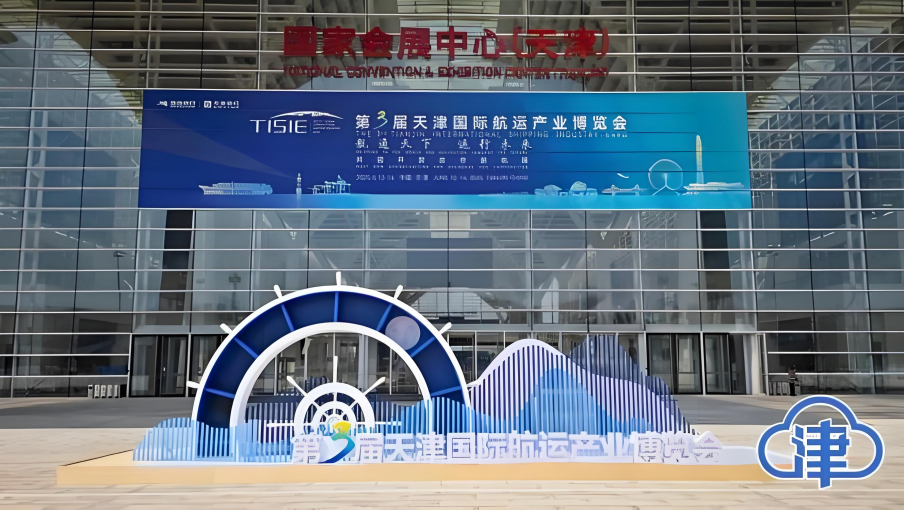
The third Tianjin International Shipping Industry Expo (TISIE) opened in north China's Tianjin Municipality on June 12, attracting over 440 enterprises, ports and industry associations from around the world.
Titled "Shipping to the world and navigating towards the future, Meet new opportunities for openness and cooperation," the three-day expo features nine themed exhibition zones covering international ports, green shipping, maritime equipment, logistics services and more, spanning 50,000 square meters.
Over 20 parallel events will spotlight China's shipping achievements and global industry trends.
The TISIE has been held in Tianjin every year since 2023, aiming to boost global shipping cooperation, industrial investment and trade exchange.
China maintained its position as the world's largest port operator by cargo and container throughput in 2024. Its ocean-going fleet continues to expand, with international routes extending farther, according to the China Association of the National Shipbuilding Industry.
From January to April 2024, Chinese shipbuilders accounted for 49.9 percent of global output, 67.6 percent of new orders, and 64.3 percent of backlog orders in terms of dead-weight tonnage.
China’s Trade With Central Asia Hits New High in First Five Months as Ties Strengthen
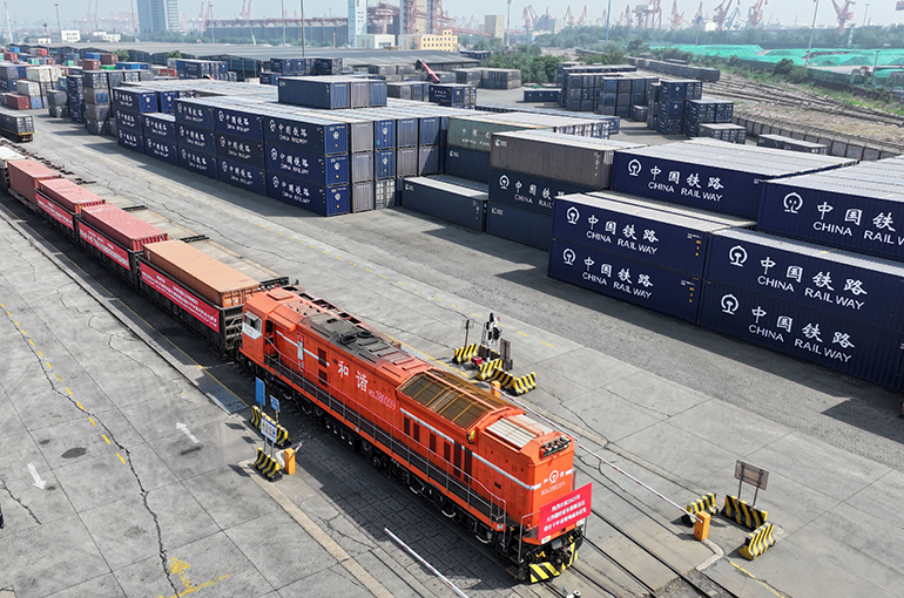
Trade between China and the five Central Asian countries, namely Kazakhstan, Kyrgyzstan, Tajikistan, Turkmenistan and Uzbekistan, reached a new record in the five months ended May 31, reflecting deepening economic ties, according to data released by the General Administration of Customs of China(GACC) on June 15.
From January to May, imports and exports between China and the Central Asian countries climbed 10.4 percent year on year to hit CNY286.4 billion (USD39.8 billion), the most ever for the period, the GACC's data showed.
And the upward trend has been gathering pace for some time. Trade between China and the Central Asian nations more than doubled last year from 2013 to CNY674.1 billion (USD93.8 billion). The average annual growth rate reached 7.3 percent, which is 2.3 percentage points higher than the average annual growth rate of China’s overall trade during the same period.
Newsletter
International News
Japan Posts Trade Deficit as US Auto Exports Drop
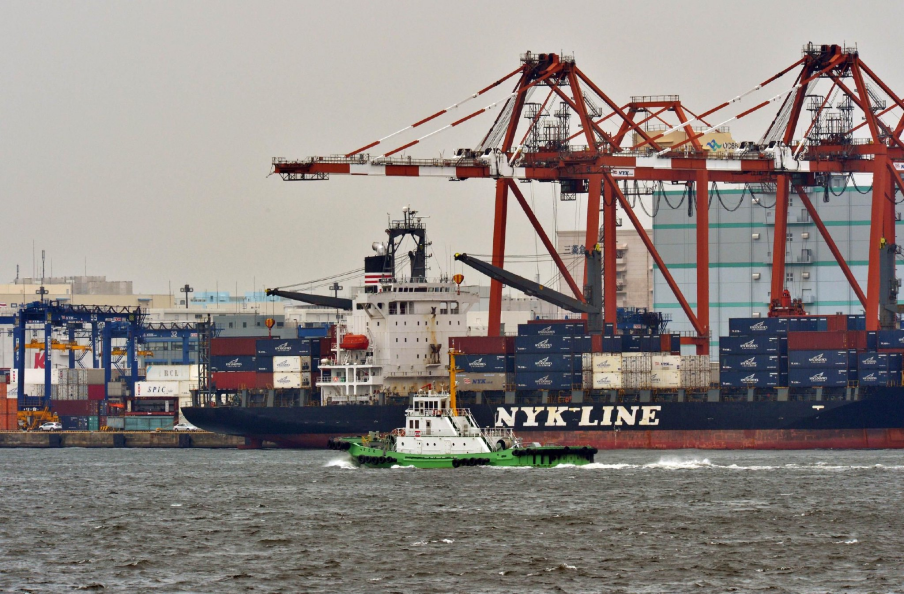
Japan recorded a trade deficit of 637.6 billion yen (about 4.4 billion U.S. dollars) in May, marking the second consecutive month in the red, according to data released on June 18 by the Ministry of Finance.
The deficit was largely driven by a decline in auto exports to the United States, the data showed.
Last month, Japan's total exports fell 1.7 percent year-on-year to 8.135 trillion yen. Exports to the U.S. dropped by 11.1 percent, also the second consecutive month of decline.
Notably, automobile exports to the U.S. plummeted 24.7 percent, reflecting the impact of U.S. tariffs on vehicles, steel, aluminum, and other goods.
Meanwhile, imports fell 7.7 percent year-on-year to 8.7726 trillion yen, driven by lower prices for crude oil and coal.
Bank of Japan Keeps Rate Unchanged

The Bank of Japan (BOJ) said on June 17 that it will reduce government bond purchases at a slower pace starting April 2026 while leaving the short-term policy interest rate unchanged at 0.5 percent.
Since ending its decade-long monetary easing in March 2024, the BOJ has been tapering its monthly bond purchases by 400 billion yen (about 2.77 billion U.S. dollars) each quarter.
From April 2026 onward, the reduction pace will be halved to 200 billion yen per quarter.
While the BOJ is scaling back, it retains the flexibility to increase bond purchases if market interest rates spike. A policy review is scheduled for June 2026 to assess market conditions before deciding on the post-April 2027 bond purchase strategy.
South Korea's Exports Grow for Fourth Straight Month as Import Prices Fall
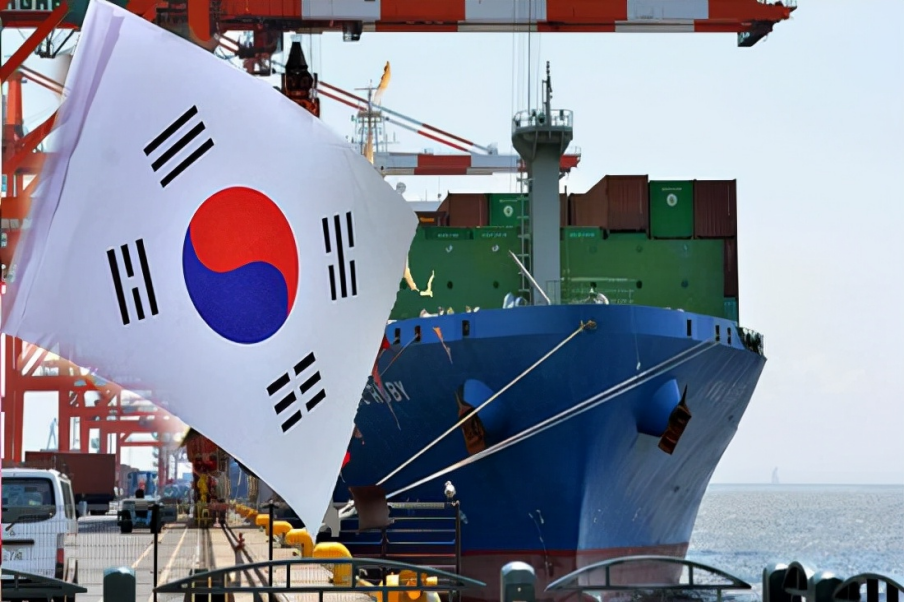
The export volume index rose 2.5 percent year-on-year in May, maintaining an upward trend since February, according to the Bank of Korea (BOK). Meanwhile, the import price index decreased 3.7 percent from the previous month, continuing its downward trend since February, influenced by cheaper crude oil and the local currency's appreciation against the U.S. dollar.
Despite the growth in volume, the export value index declined 1.9 percent in May compared to the same month last year, marking a downward trend for four months.
The import volume index rose 1.3 percent in May, while the import value index dropped 6.3 percent due to lower raw material prices. The net terms-of-trade index for goods, which measures the ratio of export price to import price, increased 3.4 percent year-on-year in May, as the import price fell faster than the export price.
Global Oil Demand Unchanged For 2025, 2026: OPEC
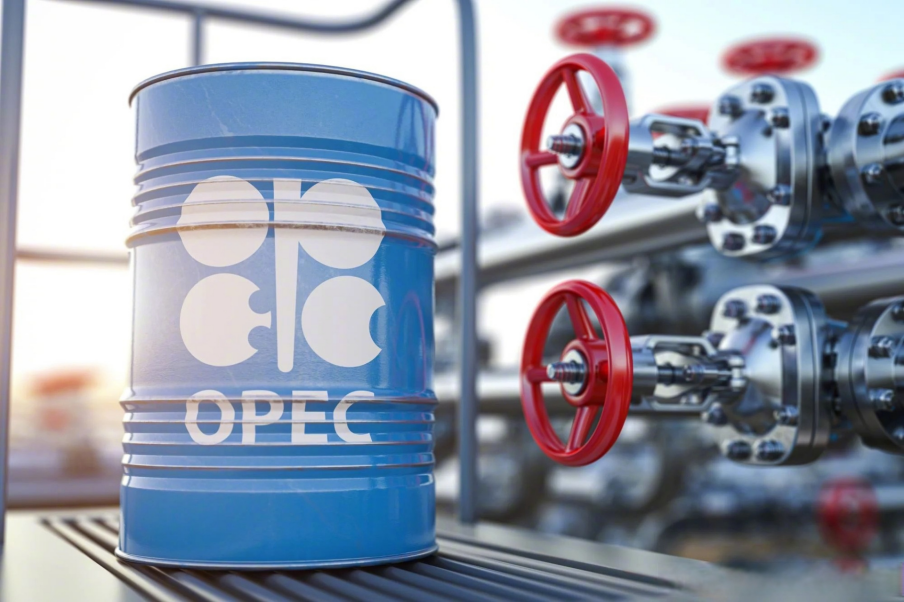
The Organization of the Petroleum Exporting Countries (OPEC) said on June 16 it would keep its forecasts for global oil demand growth unchanged at 2.9 percent for 2025 and 3.1 percent for 2026.
In its latest monthly oil market report, OPEC projected a year-on-year increase of 1.3 million barrels per day (bpd) in both years, unchanged from its previous estimates.
"Better-than-expected actual data for the first quarter of 2025 in OECD Americas and OECD Europe were offset by lower expectations for oil demand growth, particularly for the second quarter of 2025 in key countries of the non-OECD region -- China and India -- largely due to the likely impact of U.S. trade policy," OPEC said.
In the OECD (Organization for Economic Co-operation and Development) region, oil demand is expected to rise by around 160,000 bpd in 2025, led by growth in the Americas. Meanwhile, demand in non-OECD countries is forecast to increase by over 1.1 million bpd, driven by China, India and other Asian economies.
German Inflation Steady at 2.1 Pct in May
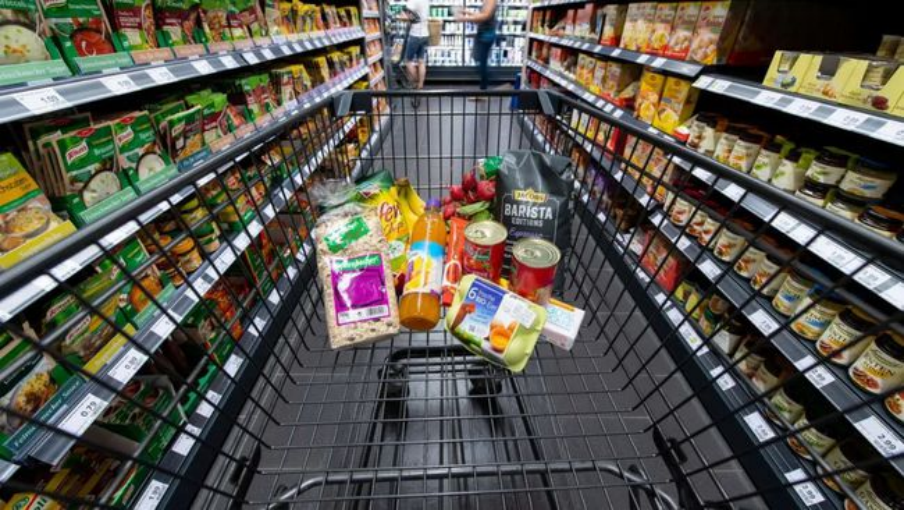
Germany's inflation rate remained unchanged at 2.1 percent in May, the same as in April, the Federal Statistical Office (Destatis) reported on June 13.
Food prices continued to outpace the headline inflation rate, rising 2.8 percent year-on-year. In contrast, energy product prices dropped by 4.6 percent compared to May 2024.
Excluding energy, the inflation rate climbed to 2.7 percent, while core inflation -- which excludes both food and energy -- stood slightly higher at 2.8 percent. Both indicators have consistently remained above the overall inflation rate for more than a year, reflecting persistent price pressures in other key sectors, particularly services.
US Consumer Sentiment Rises First Time in Six Months

US consumer sentiment improved for the first time in six months, according to data released on June 13 by the University of Michigan.
The index of consumer sentiment in June climbed 16 percent from last month but remained about 20 percent below December 2024, when the sentiment exhibited a post-election bump.
The trends were unanimous across the distributions of age, income, wealth, political party, and geographic region, the survey found.
Moreover, all five index components rose, with a particularly steep increase for short and long-run expected business conditions, consistent with a perceived easing of pressures from tariffs.
However, consumers still perceived wide-ranging downside risks to the economy.
Their views of business conditions, personal finances, buying conditions for big ticket items, labor markets, and stock markets all remained well below six months ago in December 2024.
